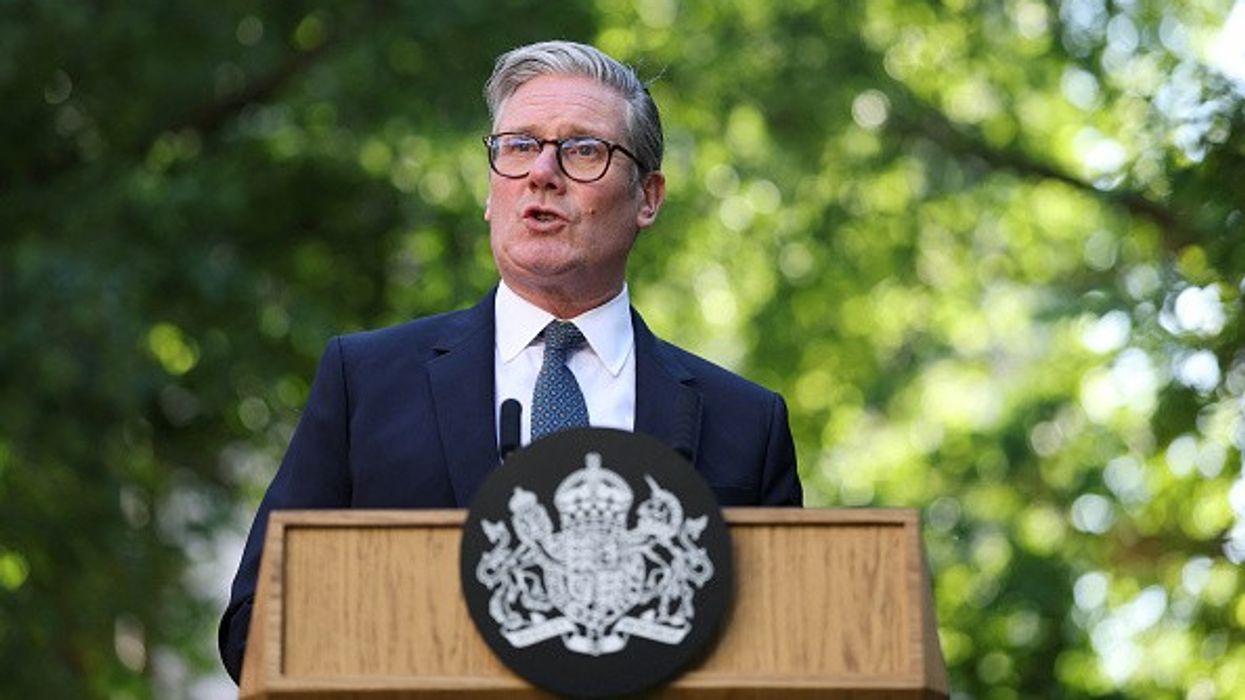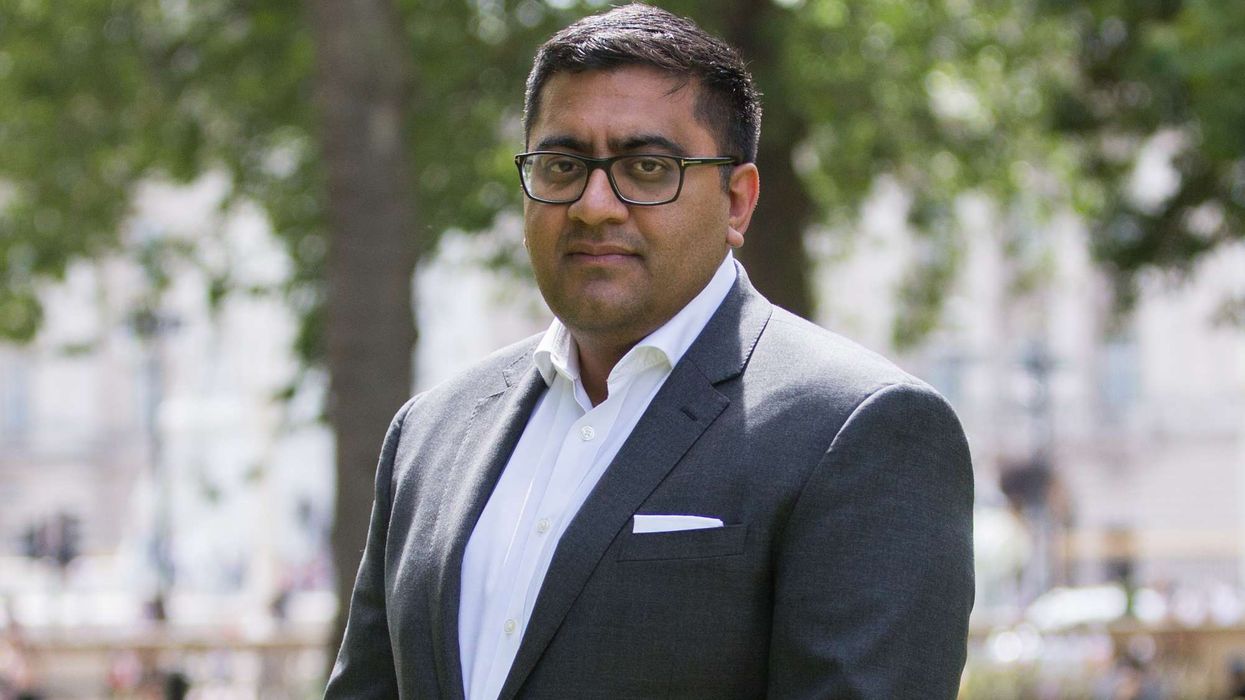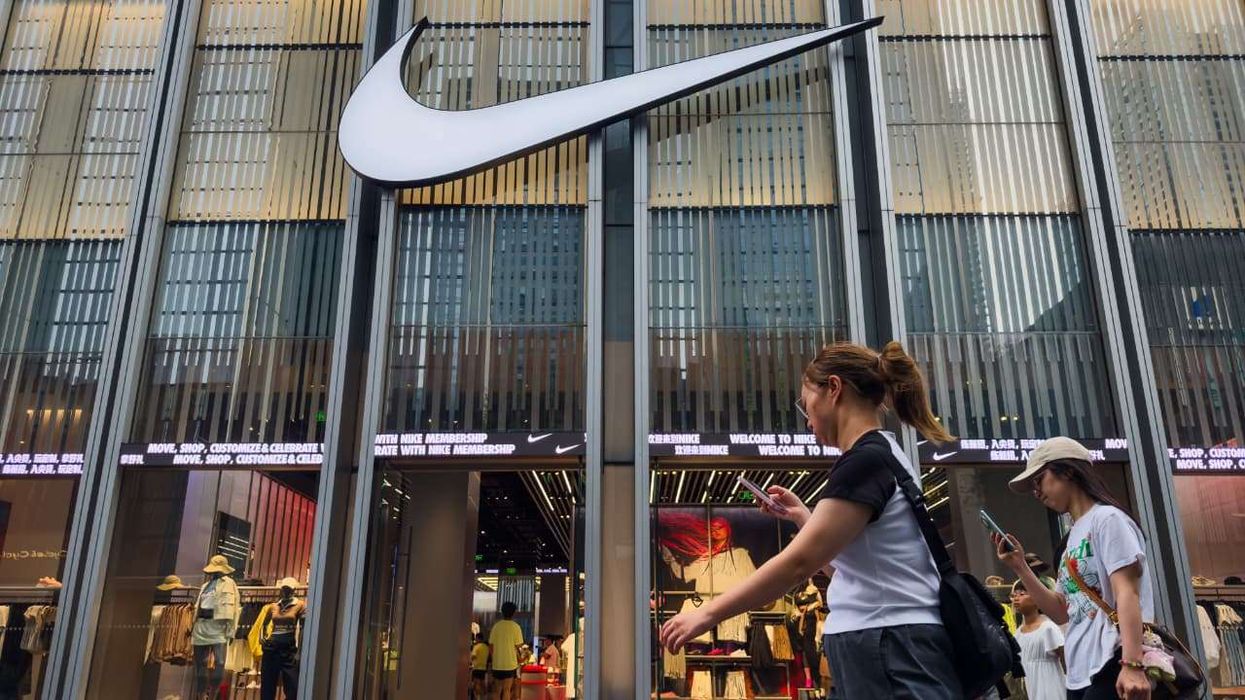A record £3 billion will be invested by Britain to enhance training opportunities for local workers and reduce reliance on migrant labour, the government announced on Tuesday.
Prime Minister Keir Starmer said that strengthening the domestic workforce and controlling migration are his twin priorities.
The investment aims to create 120,000 new training opportunities in key sectors such as construction, engineering, health and social care, and digital. The move seeks to realign the skills landscape in favour of young, homegrown talent.
The UK’s economic inactivity rate has been rising since the Covid-19 pandemic and currently stands at 21.4%. Official data shows that more than one in five working-age Britons are not in employment and are not actively seeking work.
Since the local election success of the right-wing, anti-immigration Reform UK party in May, the Labour government has come under pressure to reduce immigration. In response, it plans to tighten citizenship rules, limit skilled worker visas to graduate-level roles, and require companies to invest in training local staff.
A proposed 32% increase in the immigration skills charge is intended to discourage businesses from hiring migrant workers, according to Tuesday’s official statement. This rise could help fund up to 45,000 additional training placements to strengthen the domestic workforce and reduce dependency on foreign labour in priority sectors.
However, businesses have expressed concerns, arguing that they are struggling to recruit enough local workers and that tougher immigration rules could harm the economy unless the country significantly improves its job training infrastructure.
Starmer declared that “the open border experiment has come to an end” with these new measures.













